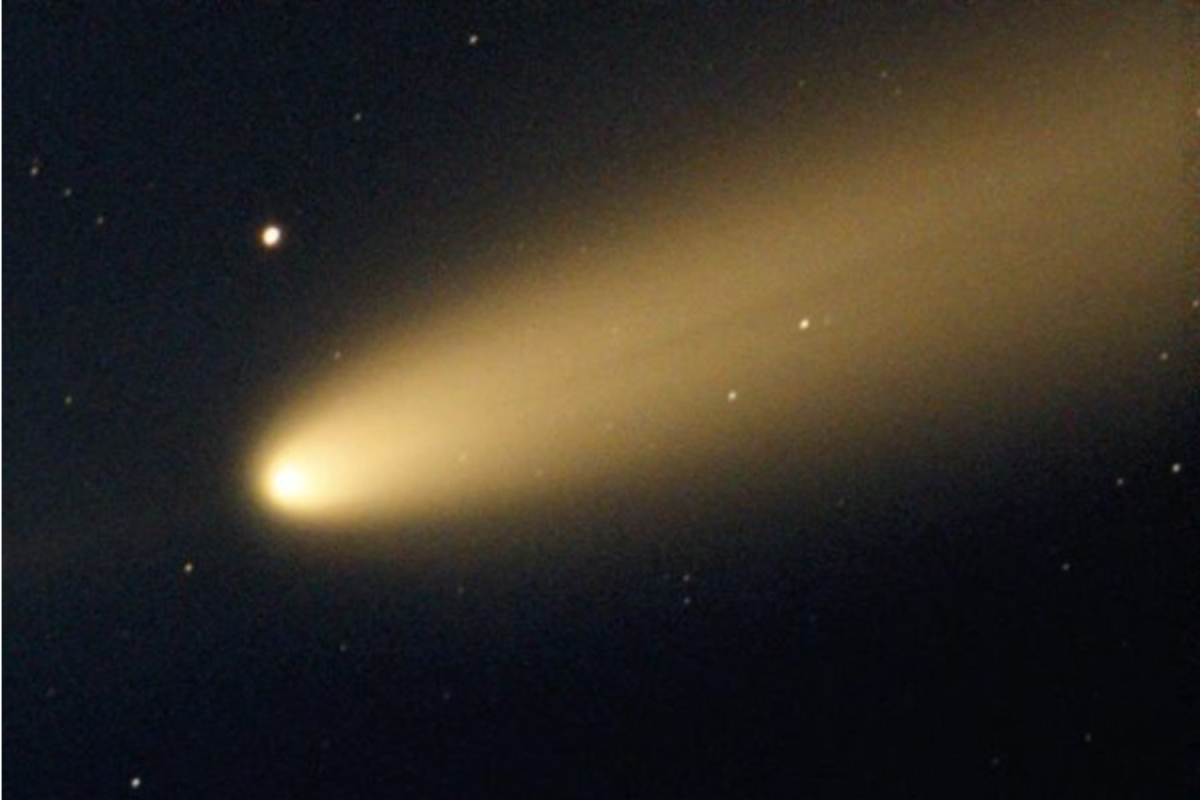Tsuchinshan–ATLAS, what some consider to be the comet of the decade, has become visible in the night sky for the first time in 80,000 years.
The comet Tsuchinshan–ATLAS is currently visible at night and is estimated to remain visible until the end of October or early November. What makes Tsuchinshan-ATLAS special, however, is its brightness.
“Usually with comets, they don’t pass close enough to actually be visible, but this one, for days or weeks at a time, is actually bright and visible,” said Viktoriia Gusieva, a member of the Carlmont Astronomy Club.
Tsuchinshan–ATLAS is believed to be an incredibly old comet originating from the Oort Cloud, a theoretical formation of planetoids that scientists predict began hundreds or even thousands of Astronomical Units away from the Sun. To put this into perspective, Neptune, the furthest planet in the solar system, is around 30 Astronomical Units away from the Sun.
“It’s a really unique opportunity to explore what our early solar system was like,” Guiseva said.
The comet was initially estimated to be returning in about 80,000 years, however, recent observational data has indicated Tsuchinshan–ATLAS may leave the solar system altogether, meaning there is a chance it may never be visible from Earth again.
“You can come back and see it when you’re 80,000 years old,” said Peter Mangiafico, a San Carlos resident.
Tsuchinshan-ATLAS continues to fade from the night sky as its path takes it further from Earth, so there are likely only a few days left before it will disappear from the night sky, possibly permanently, or at least, for another 80 millennia. This is why now is a perfect opportunity for community members to catch this once-in-a-lifetime phenomenon before it’s gone.
“It’s very, very special, so I would recommend everyone go see it,” said Bing Hai, a San Carlos resident who saw the Tsuchinshan–ATLAS comet.













Sue • Oct 28, 2024 at 11:36 am
Is this the same comet from a couple weeks ago?
Ethan Zhao • Oct 28, 2024 at 8:10 pm
Yes, it’s a lot dimmer now, but I believe that it can still be seen with binoculars or a telescope.